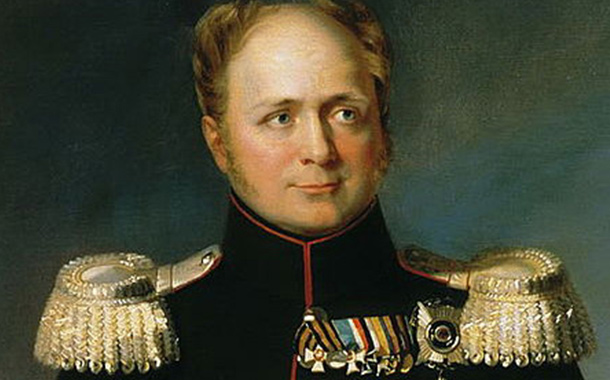<![CDATA[On the 17th September 1809 Russia and Sweden signed the Treaty of Fredrikshamn, bringing to an end the war between the two countries. The events of this conflict are rarely remembered now, but they were momentous in the history of Europe, and key to the eventual establishment of Finland as an independent country. Bizarrely, the war between Russian and Sweden was actually a manifestation of the greater conflict between Great Britain and France that had divided Europe. By 1808 Emperor Napoleon had conquered the majority of the continent, but Britain's naval strength was a continuous thorn in his side. The country resisted France's military might, and upset the emperor's plans for a unified Europe. Realising that a land invasion of Britain was impossible, Napoleon opted for a new tactic - a blockade on British trade. Using his control over the continent, Napoleon closed all ports to British ships. The plan was to strangle the country's economy, while also starving the population of vital resources by cutting links to Europe. The problem for Napoleon was that Sweden was not under French control, and kept its ports open to British ships. This gave Britain a crucial gate to continue trading with the continent. The Swedish King, Gustav Adolf IV, detested the values of the French Revolution and viewed Napoleon as an 'antichrist' leading Europe to apocalypse. He planned to resist Napoleon's attempts to increase his influence over Europe, and by 1808 was actively seeking alliances with Great Britain. At the same time, Napoleon was forging an alliance with the Russian Emperor Alexander I. They agreed that Russia would force its western neighbour to close its ports. On February 21st 1808 Russian troops marched into the area of Sweden that is now Finland, and war between the two countries begun. Over the next year and a half the conflict became increasingly complicated, as British and Danish forces also became involved. Ultimately, the 1809 treaty was signed with Sweden a heavily defeated nation. Although just a small part of the broader Napoleonic conflict across Europe, the defeat would be hugely significant for the Nordic region. The border between Russia and Sweden moved from Kymi to the Torino River. This meant Sweden lost a sixth of its Eastern provinces, which equated to a third of its land and a quarter of its population. For six centuries Finland had been governed from Stockholm, but the treaty bought this to an end. The territory came under the jurisdiction of Russia, and was renamed the Grand Duchy of Finland. This may seem like a case of Finland moving from the rule of one empire to another, but it actually set in motion the events that led to Finland's eventual independence. Under Swedish rule, the Finns had been directly ruled by the central Swedish government, but this never happened with Russia. Finland started to develop on its own, and formed a governing council and administration that wasn't integrated into Russia's. These changes also led to Finnish culture, which had lain largely dormant under Sweden, returning to prominence. Following the Swedish defeat to Russia, Finland started to form the national identity that would be crucial in its resistance to aggressive Russification at the end of the nineteenth century, and eventual declaration of independence in 1917. ]]>
The End of the Russo-Swedish War
